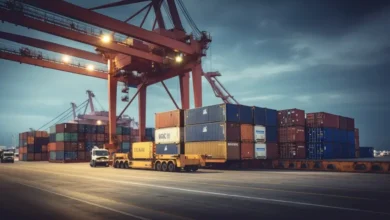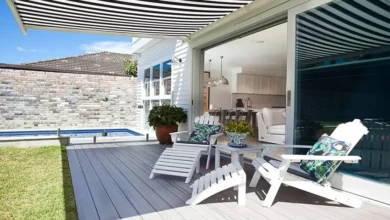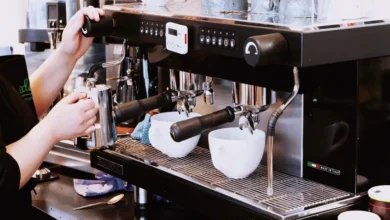
Textile Banners Are Making a Comeback — Here’s Why Brands Love Them
In an age of sleek digital screens and synthetic signboards, it might come as a surprise that one of the oldest forms of visual display—textile banners—is enjoying a modern revival. But look around at trade shows, retail spaces, and corporate events, and you’ll see a growing trend: soft, vibrant, fabric-based graphics are returning in full force.
So, what’s behind this renewed interest in textile banners? And why are so many brands switching back to fabric for their promotional visuals? Let’s take a closer look.
The Shift Toward Sustainability and Style
One of the driving forces behind the resurgence of textile banners is the growing emphasis on sustainability. Consumers and businesses alike are looking for greener ways to present their message, and textiles offer a lower-impact alternative to traditional PVC signage.
Fabric banners, especially those made from recyclable or reusable materials, are often perceived as more eco-friendly. They’re durable, washable, and can be used multiple times without losing their quality—making them a smart choice for brands aiming to reduce waste and create more environmentally conscious displays.
In addition to their sustainability benefits, textile banners also have a stylish, premium look and feel. Their soft texture and matte finish offer a more refined aesthetic than shiny plastic surfaces, making them ideal for brands that want to appear modern, thoughtful, and design-forward.
Superior Print Quality and Colour Vibrancy
Thanks to advances in dye-sublimation and UV printing technology, today’s fabric banners are capable of showcasing incredibly sharp, colour-rich graphics. Textiles absorb ink differently than traditional vinyl, allowing for a more natural blend of colours and a softer visual impact that still commands attention.
Whether used for backdrops, hanging signage, or display frames, textile banners deliver crisp images and bold branding in an inviting and tactile format.
Lightweight and Easy to Transport
Another key advantage of textile banners is their lightweight construction, which makes them easy to transport, store, and install. For brands that travel frequently to events, exhibitions, or seasonal displays, this is a major plus. Unlike rigid signage, fabric banners can be folded and packed into compact cases, reducing shipping costs and setup time.
Many businesses have also embraced tension fabric systems and pop-up displays, where textile prints are stretched over frames to create seamless, professional backdrops. These systems are ideal for trade shows and product launches where first impressions matter.
Ideal for Indoor and Temporary Setups
Textile banners perform especially well in indoor settings where lighting and environmental conditions are easier to control. Their soft texture avoids glare from overhead lights, which can be an issue with glossy vinyl banners. This makes them perfect for:
- Retail window displays
- In-store promotional graphics
- Exhibition stands
- Product demonstration areas
- Conference backdrops
They also absorb sound better than hard signage, helping improve acoustics in busy environments like trade shows or busy retail floors.
Versatility in Design and Use
Fabric banners are incredibly versatile in both size and application. Whether you need a small hanging poster, a massive backdrop, or an elegant curved display wall, textile can accommodate a wide range of creative visions.
You can even layer fabrics, print on both sides, or use translucent materials for creative lighting effects. The possibilities for brand storytelling are virtually endless.
When it comes to sourcing high-quality materials, Soyang printable fabric sheets offer a wide variety of options tailored to the needs of modern print professionals and display designers. Their textile collection includes backlit fabrics, blockout materials, and stretch textiles designed for tension systems—all ready to showcase vivid designs with impressive durability.
A Tactile Connection in a Digital World
In a world dominated by screens, there’s something impactful about the tactile nature of textiles. Fabric invites touch. It softens the feel of a space. It gives a human dimension to branding—something that’s especially valuable in industries like hospitality, fashion, and wellness, where atmosphere and sensory experience play a key role.
Brands are realising that this physical connection matters. Fabric banners offer a way to combine strong messaging with an experience that feels more personal and less transactional.



